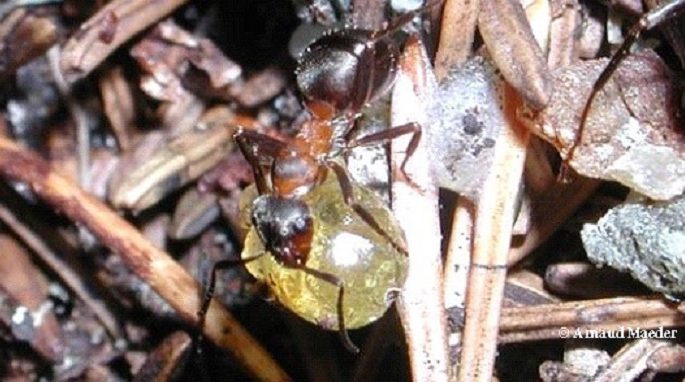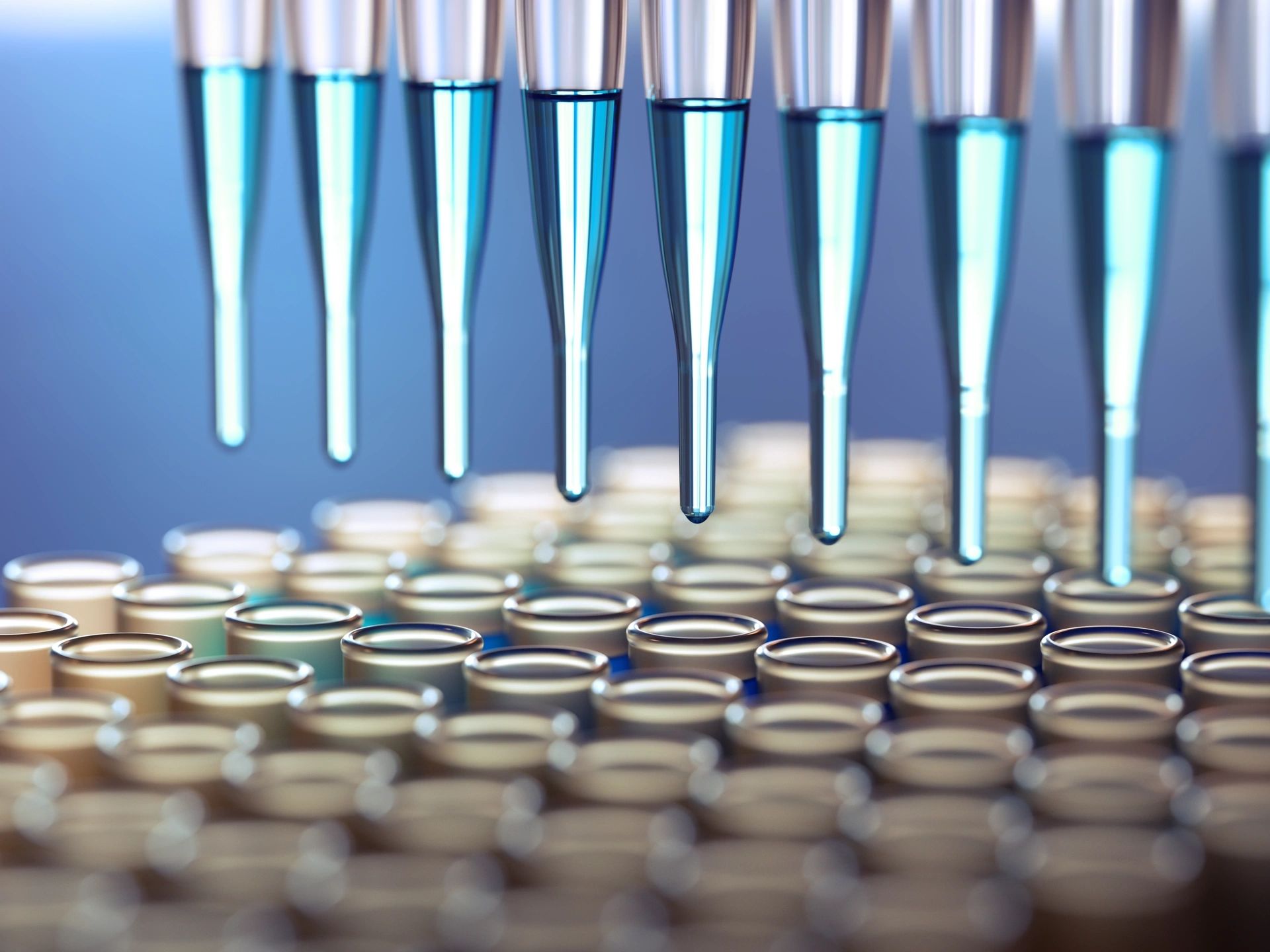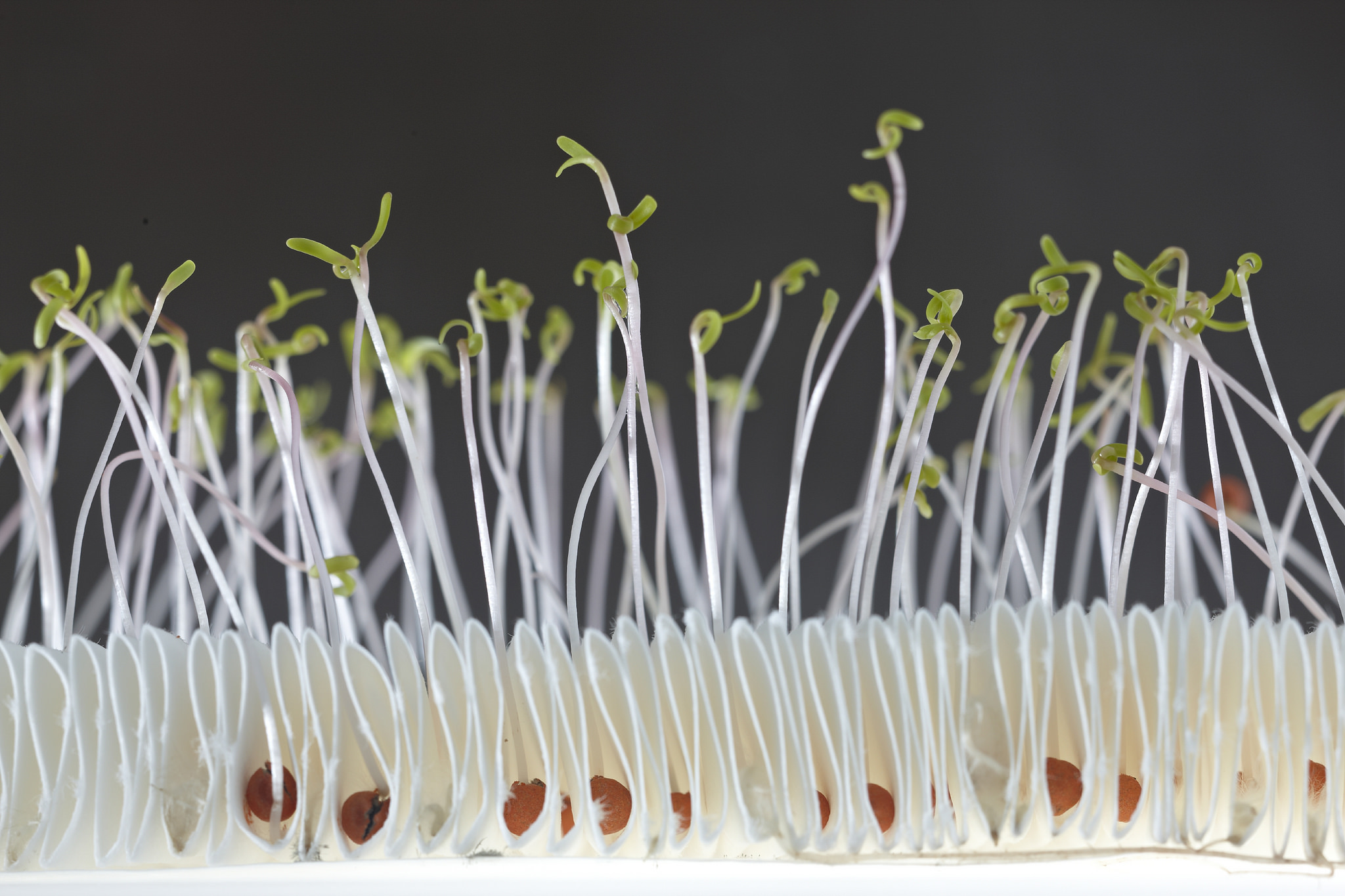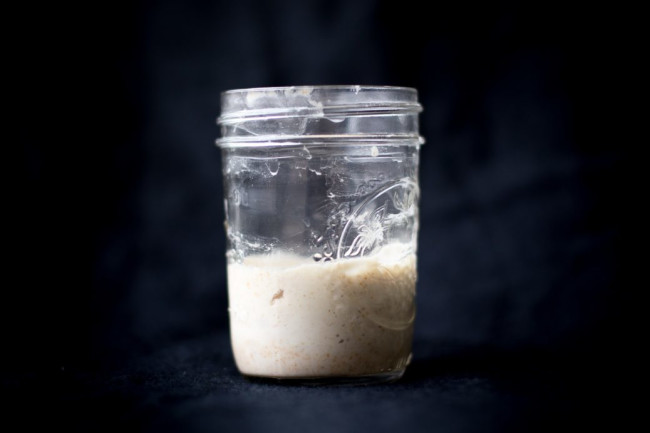Wood ants are natural mixologists, concocting their own defensive cocktails, a new study finds. They protect themselves from infection by mixing self-produced acid with resin collected from trees to create a potent antimicrobial.
“This is an unusual case where insects combine plant defenses with their own chemical defenses to produce a potent antimicrobial substance,” says Michel Chapuisat, of the University of Lausanne, Switzerland, who is the senior author of the study.
We sanitize our homes using cleaners such as alcohol and bleach to protect ourselves from disease. Like us, ants and their brood are susceptible to all kinds of diseases caused by bacteria, fungi, and viruses. Because ants are social insects, a disease can spread quickly, turning into an epidemic and wiping out an entire colony.
Tweet About It: Wood ants combine chemicals, some of their own and some borrowed, to ward off infection.
One way of protecting against disease is to seize antimicrobial chemicals from other organisms to prevent attack by microbes. Lacking the ability to produce our own antibiotics, we medicate ourselves using this strategy. We obtain antibiotics from other organisms such as fungi and bacteria and mix different antibiotics to maximize their effects.
It turns out that wood ants, Formica paralugubris, also employ this strategy. They collect globules of resin, which has antimicrobial properties, from coniferous trees and carry the globules back to their nests to protect themselves and their brood from bacterial and fungal diseases. Many coniferous trees secrete resins, particularly at sites of injury. Resin forms a protective seal around tree wounds, preventing the sites from getting infected. When resins harden and dry up, they become amber; many fossilized plants and animals are found in amber.
But the ants don’t stop there; researchers have found that they go a step further. Ants add self-produced formic acid to the resin to make it a more powerful antimicrobial agent. Instead of stingers, wood ants possess venom glands on their abdomens that are armed with large quantities of formic acid—derived from formica, the Latin word for ants—a strong poison and a foul-smelling antimicrobial. They ward off prey or predators by unleashing a spray of acid. Synthetic formic acid is produced for many purposes, such as preserving livestock feed, industrial cleaning, and tanning leather.
To test if ants enhance the antimicrobial properties of resin, Chapuisat and his team enclosed worker ants with resin and nest materials, such as twigs and small stones, for two weeks. They found that resin that had been in contact with the ants provided greater protection against the fungus Metarhizium brunneum—which can be deadly—than resin kept away from ants.
Next, the researchers wanted to find out if the ants apply formic acid to the resin and other nest materials, so they conducted a similar experiment, this time collecting and measuring the acids left on each material. Large amounts of formic acid and small amounts of succinic acid were found on the resin and other nest materials that were enclosed with the ants, whereas only trace amounts were detected without the presence of ants. The researchers extracted the contents of the venom glands of ants and found large amounts of formic acid, confirming that the acids on the resin and nest materials had been transferred from the ants.
Does the addition of synthetic acids also provide the same antifungal effects? When synthetic formic acid solution mimicking the concentration and composition extracted from the venom glands of the ants was applied to spruce resin and inert glass, the antifungal activity of the resin was greater than that of the glass. This indicates that the combination of resin and formic acid produces a defensive cocktail whose antifungal effect, explains Chapuisat, “was not simply additive, but synergetic.” In other words, the combined protection of the acid and resin was greater than the sum of the separate protective effects of the acid and resin.
This is a rare example of “defensive mixology,” where animals combine chemicals from different sources to boost their antimicrobial effect. Although bees mix resin from various sources, it is unknown whether this protects them from microbes.
Timothée Brütsch, postgraduate student at the University of Lausanne, Switzerland, and first author of the study has more questions: “Does it ‘melt’ the resin and allow the release of resin volatiles in combination with formic acid volatiles? Is it a subtle combination of specific chemicals, and if yes, which ones in the resin? Does it allow the activation of older pieces of resin that have dried out?” The next step is to find out what the formic acid does to increase the antifungal effect of the resin.
Reference
Brütsch, T.; Jaffuel, G.; Vallat, A.; Turlings, T. C. J.; and Chapuisat, M. “Wood ants produce a potent antimicrobial agent by applying formic acid on tree-collected resin.” Ecol Evol. 2017; 00:1–6. https://doi.org/10.1002/ece3.2834
Featured image: Ant carrying a globule of resin back to its nest. Photo by Arnaud Maeder.
About the Author
Neha Jain is a freelance science writer based in Hong Kong who has a passion for sharing science with everyone. She writes about biology, conservation, and sustainable living. She has worked in a cancer research lab and facilitated science learning among elementary school children through fun, hands-on experiments. Visit her blog Life Science Exploration to read more of her intriguing posts on unusual creatures and our shared habitat. Follow Neha on X, formerly Twitter, @lifesciexplore.




